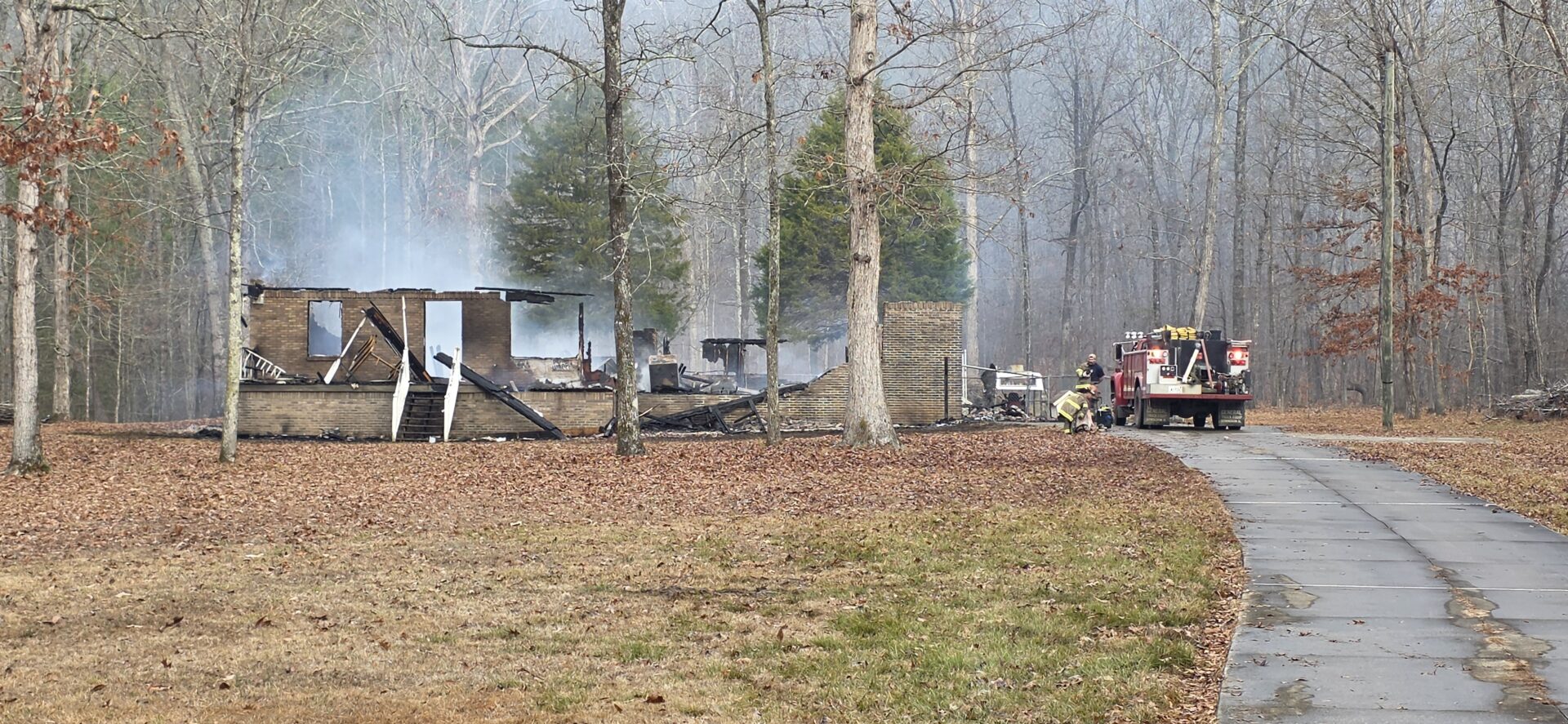
(LONDON) — When most people think of Wimbledon, the immediate images that come to mind are of intense tennis matches, the iconic grass courts and the well-dressed spectators enjoying Pimm’s and lemonade along with their strawberries and cream.
However, beneath this world-famous tournament lies an often overlooked yet essential aspect: the meticulous care of Wimbledon’s grounds.
This is where the expertise of head gardener Martin Falconer comes in.
“The thing that most people forget is that Wimbledon is it’s not just for two weeks of the year,” Falconer told ABC News. “It is a year-round operation and we’ve got members, we’ve got tours, we’ve got public coming in all the time. So, any areas of the ground they can access, we make sure it looks good.”
For Falconer, this means that Wimbledon’s grounds are not just a spectacle for the two weeks of the championships; they are maintained to perfection all year.
“Our ethos is ‘tennis in an English garden,’” said Falconer, who is celebrating his 25th year working at the tournament this summer. “We want people to feel like they’re walking around in an English garden, within the tennis tournament and lots of grass courts. Visitors should feel as though they are wandering through a quintessential English garden, surrounded by immaculately kept grass courts and vibrant floral displays, and that is what we try to accomplish.”
Achieving the “Wimbledon aesthetic,” however, takes a lot of work for Falconer and his full-time team of 11 staff who are each responsible for different sections of the 42-acre complex, sections that they have expert knowledge and awareness of down to the granular level of what trees, shrubs and flowers are being planted and when.
The operations are rigorous but the summer months, while particularly demanding, are when things really ramp up as the start of the annual tennis tournament approaches, bringing with it the gaze of millions around the world.
Falconer and his team will introduce approximately 27,000 additional plants to elevate the grounds for The Championships, with many of these plants coming from various sources across Europe and the United Kingdom.
“We’ve got a local grower down the road that grows all our petunias,” said Falconer. “We have hundreds of hanging baskets and modules that go up around the grounds and another 10,000 individual petunia plants that go into all of those. So, there’s a lot of additional planting that gives this place a huge uplift. But we also do additional planting through the winter months and spring for the members of the tours. So, we have spring bulbs coming up all year and all of this is timed for things to bloom when the tournament is set to begin.”
This kind of meticulous planning, unsurprisingly, involves military-like precision and an expertise in each and every kind of plant that is installed at Wimbledon.
“We start bringing in plants closed in bud, ready to flower,” Falconer said. “As the tournament approaches, they come in more in flower, a little bit more open, ready for The Championships, ensuring that the plants are in peak bloom during the tournament.”
Each team member has a specific area of responsibility, working individually in the mornings and coming together for larger tasks later in the day, the division of labor ensuring every part of the grounds receives the attention it needs.
However, one of the biggest challenges faced by the grounds team is the famously unpredictable British weather, a constant concern when trying to keep tens of thousands of plants on a certain schedule.
“Weather conditions can really add a lot of pressure to what we are trying to accomplish here,” said Falconer. “If it’s too wet, if it’s too sunny, we’re out watering more, or we’re out trying to protect plants from getting too wet.”
Falconer does, however, have some tricks up his sleeve in case things go awry. He has extra plants behind the scenes like hydrangeas, petunias and ivy — plants known for their resilience and visual impact — that he will plant last minute just in case some of the flora does not bloom as expected or hoped.
For years the gardening work was done by contractors but it was eventually brought in-house and managed by Wimbledon in 2014, the year that Falconer was appointed the very first head gardener of Wimbledon in its history.
Falconer describes the role as one filled with pressure but also immense satisfaction, particularly when seeing the grounds in their full glory just before The Championships begin.
“The best moment for me is the day before the championships, or the evening before that first Monday, where you can look back and just see the sense of achievement from everything you work hard for all year,” said Falconer. “Just looking back and taking a bit of pride in what’s been achieved by me, the team and the amount of work that’s gone in. Hopefully everyone appreciates that.”
That moment of reflection might be satisfying, but it is also woefully brief as the team’s workload intensifies during the two-week tournament — involving long hours and meticulous attention to detail to maintain the grounds for the over half-a-million people that blanket the grounds during The Championships.
“You go from doing a 35, 40-hour week to probably a 55, 60-hour week,” said Falconer. “The team are pretty much all doing that. But they know the pressures of it. They’re up for it. They want to achieve the same and they want people to come in and be wowed and impressed by what we do and what we put on.”
Even when the final ball has been struck on Championship Sunday and the last of Wimbledon’s patrons have left the grounds, Falconer’s work begins almost immediately again as the grounds are cleared of temporary structures and planting — all while still being maintained for the members and tours as Wimbledon begins its transition back to its year-round operations.
“I do find myself walking around the grounds and noticing probably a lot more than most,” said Falconer. “I’m probably more critical on my stuff that most people wouldn’t even see or know about. But that’s the kind of perfection that you aim for. You just get attuned to doing your best and getting on with it.”
Copyright © 2024, ABC Audio. All rights reserved.




